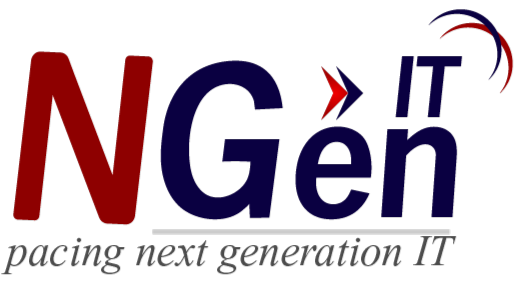Monitoring client workloads can be an enormous, time-consuming challenge for MSPs, but doing so efficiently and effectively is critical to enabling the growth of their business.
For MSPs, there are three primary goals that define a successful approach to workload monitoring:
- Proactively identify performance and security issues ― before they affect users
- Improve operational efficiency and customer satisfaction
- Scale the business — grow the customer base without adding headcount
A proactive approach is important because it ensures that problems are addressed before the client is impacted. With so much time spent with ‘eyes-on-glass,’ it’s no wonder that MSP operations teams are under stress ― with manual, repetitive work based on disparate tools, disparate data sets and user interfaces. All of this is reactive, not proactive. Yet most monitoring tools today still point to symptoms that require tedious, manual investigation by skilled staff, rather than enabling a proactive approach.
Improving operational efficiency and improving customer satisfaction are two sides of the same coin. If an MSP can become more efficient internally — by reducing the time needed to respond to issues or restore service ― that has a positive effect on service quality for the client. Efficiency is a key driver for MSPs in selecting monitoring solutions.
Scaling the business — as MSPs seek to grow their revenues and customer base, the ability to scale their labor model is critical to achieving higher operating margins, and ultimately, a higher valuation for the business. If new technical staff needs to be added every time the client base expands, profitability is hard to maintain ― assuming that skilled technicians can even be found. The only viable way to achieve scale is with automation. Automation for MSP operations takes multiple forms, but especially includes the adoption of ML-based techniques to detect anomalies faster and apply automatic remediations.
Offer more services and reduce the management burden
Advanced Management’s ML-based monitoring and smart alerting streamlines MSP operations and increases the efficiency of IT teams.
With enhanced visibility over data protection, assets, and applications, MSPs can proactively predict and solve problems before they impact clients. The solution also reduces the number of generated alerts, defines alert severity, and performs automatic remediation, relieving the burden on the MSP’s team and enhancing their service delivery.
Learn more about the Advanced Management pack for Acronis Cyber Protect Cloud, or start your free trial today.





